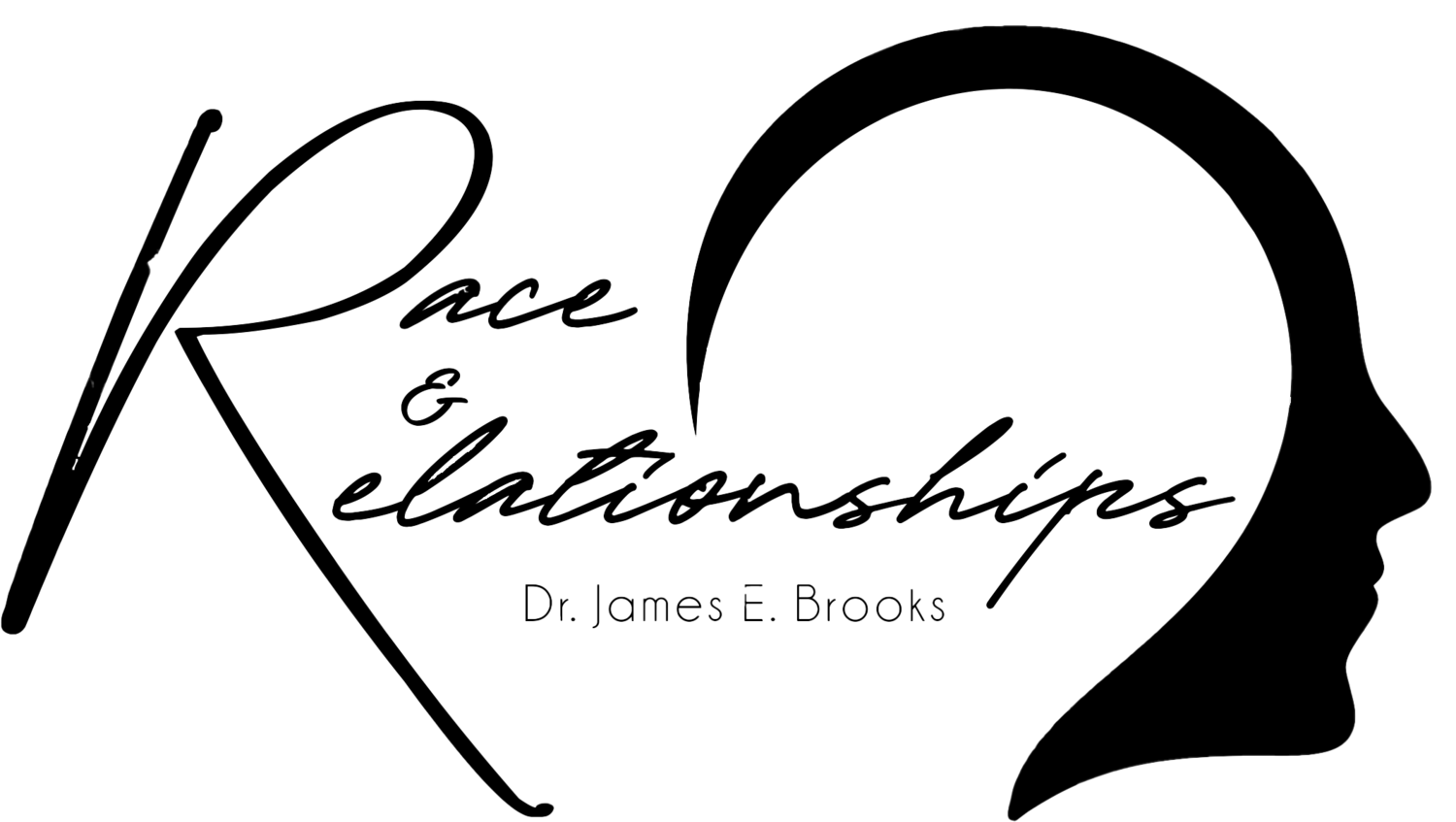‘Side eye’ and Interracial Relationships - Who’s Watching Makes a Difference
Though the prevalence and reported acceptance of interracial relationships have increased over the years, these partnerships do not receive universal acceptance. I often make this point in my own research. Tales of how the once illegal unions still face additional levels of scrutiny compared to their same-race counterparts are abound. Theories as to why the opposition exists and why some groups exhibit more opposition than others are out there, but there is no indication of a consensus in the near future. One thing that is becoming clearer, thanks to the work of some thoughtful scholars, is that for partners in interracial relationships (and same-sex relationships) from whom the disapproval is coming matters.
Using a sample of 480 people in either interracial and/or same-sex relationships, Drs. Lisa Rosenthal and Tyrel Starks collected participants’ reports of felt stigma (read opposition, or for the sake of this post the “side eye”) from three different sources 1) friends, 2) family, and 3) the broader public as well as a wide collection of respected measures of relationship functioning. Among those additional measures was an evaluation of the quality of their romantic relationship. This particular tool asked participants about feelings of love, passion, commitment, satisfaction, intimacy, trust. There was also a measure of sexual communication.
In one of the slightly more complicated analyses, they found that public stigma was not associated with any of the relationship quality outcomes mentioned above. However, the more stigma people perceived from their friends the less committed they were to their relationships, the poorer their sexual communication, and the lower their reports of trust and love. Surprisingly, (at least for me) greater family stigma was associated with better sexual communication and stigma from friends was associated with greater passion.
“Relationship stigma from friends was the least common; however, when this stigmatization does occur, it may be the most harmful”
To round out the results from this study, the authors found that egalitarianism and coping skills were buffers; meaning that high levels of a belief in group equality and the ability to handle stress weakened many of the connections between stigma and relationship quality.
So what does it all mean?
Well, those that are closer to us, first by choice, then by birth seem to have a greater impact on the well-being of our relationship. This is not to dismiss the impact of public disapproval, in fact there were some results to suggest that it has some association with satisfaction, but it is to say that when other forms of stigma are accounted for (as well as things such as age, relationship length, experiences of discrimination, and even attachment style; all things that the researchers also fit into their model) it may matter less than initially thought when Johny Nobody can’t take his eyes off of that couple that is dining while interracial.
To some extent, stressors are stressors, and every couple has it’s breaking point. The vigilance that partners may exhibit can take a toll on daily life experiences. To face opposition from those whom one has chosen to include in their lives can feel like a special kind of betrayal. While these musing are outside of the scope of this study, it certainly makes one wonder if some racial composition receive greater scrutiny than others. Until there is a larger scale investigation, we won’t know for sure and can only speculate. However, studies such as this one demonstrate the value of examining assumptions empirically.
Rosenthal, L., & Starks, T. J. (2015). Relationship stigma and relationship outcomes in interracial and same-sex relationships: Examination of sources and buffers. Journal of Family Psychology, 29(6), 818–830. https://doi.org/10.1037/fam0000116
